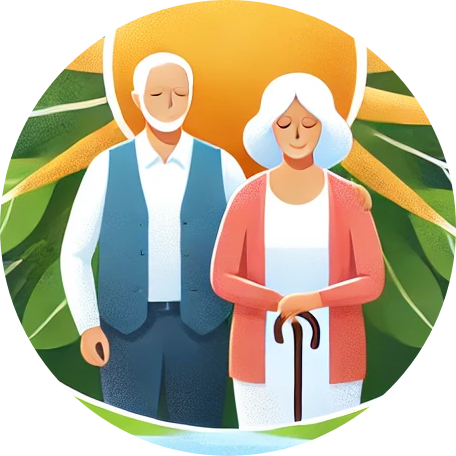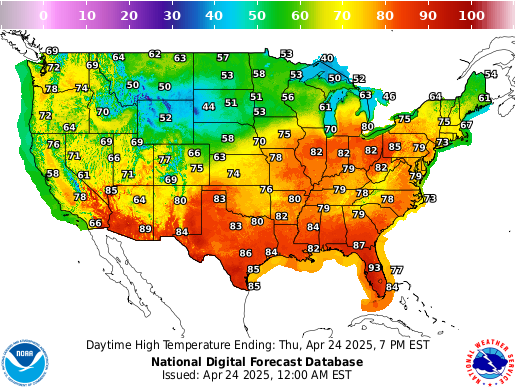
Understanding Medicaid: A Lifeline for Millions
Medicaid serves as a crucial health insurance program supporting over 70 million low-income Americans, providing access to essential medical services. Established under President Lyndon B. Johnson in 1965, this joint funding initiative between state and federal governments represents about a sixth of total health care spending in the United States. From preventive care to long-term care services, Medicaid plays an essential role in safeguarding the health of its beneficiaries. Yet, the current political landscape places this vital program at risk.
Major Changes Ahead: What’s on the Horizon?
With President Trump’s proposed tax and spending plan, dubbed the “One, Big, Beautiful Bill,” Medicaid faces its most significant overhaul in decades. Recent estimates from the nonpartisan Congressional Budget Office warn that nearly 12 million Americans could lose their coverage if the proposed bill succeeds. Many fear that reduced funding and stricter administrative requirements could strip access to vital health services. While the White House defends the initiative as a means to eliminate fraud and waste, critics argue these cuts undermine the lifeline Medicaid provides.
The Popularity of Medicaid: A Bipartisan Concern
Despite political maneuvering, Medicaid remains popular across the political spectrum. According to a recent survey by the KFF, more than 80% of Americans view Medicaid positively. This broad support underscores the apparent disconnect between legislative actions and the needs of the populace. Lawmakers like Senator Thom Tillis of North Carolina express genuine concerns, demonstrating that opposition to the overhaul exists even among some Republicans, emphasizing the need for careful deliberation regarding Medicaid’s future.
Understanding Medicaid Expansion: Who Benefits?
Medicaid expansion, a critical component of the Affordable Care Act, raised eligibility to include non-elderly adults whose income is up to 138% of the federal poverty level. This move has significantly reduced the number of uninsured Americans, with 40 states and Washington, D.C., adopting the expansion. The federal government funds about 90% of these costs, making it a solid investment in public health that ensures many families retain critical health coverage.
Health and Wellness Implications for Communities
As access to Medicaid becomes increasingly precarious, the implications for community health and wellness are profound. The potential loss of coverage could lead to delayed health interventions, increased emergency room visits, and a rise in unmanaged chronic diseases. For many working-class families, Medicaid represents not just healthcare but a pathway to improved health and wellness, emphasizing the urgent need for dialogue surrounding its funding and structure.
The Community Health Framework: Navigating Future Risks
As changes loom, community health organizations and advocacy groups play a pivotal role in mitigating the fallout. They must ensure that those most affected by potential losses in Medicaid coverage have access to resources and support. Investing in community health and wellness initiatives that both educate and empower individuals can be a powerful tool in combatting the adverse effects of Medicaid funding cuts. Additionally, creating programs that fill gaps in health coverage through local resources can sustain community well-being.
Empowering Your Health and Wellness Journey
For those affected by these developments, understanding how to navigate potentially reduced access to healthcare services is crucial. Adopting a proactive approach to health and wellness is essential. Utilizing local health and wellness centers, attending community health events, and engaging in preventive care can significantly enhance the quality of life. Furthermore, exploring options for alternative medicine can present additional avenues for maintaining optimal health, emphasizing a holistic approach to well-being.
If you want to stay informed and proactive about your health and wellness, consider participating in localized health events and exploring community health resources available to you.
 Add Element
Add Element  Add Row
Add Row 




Write A Comment